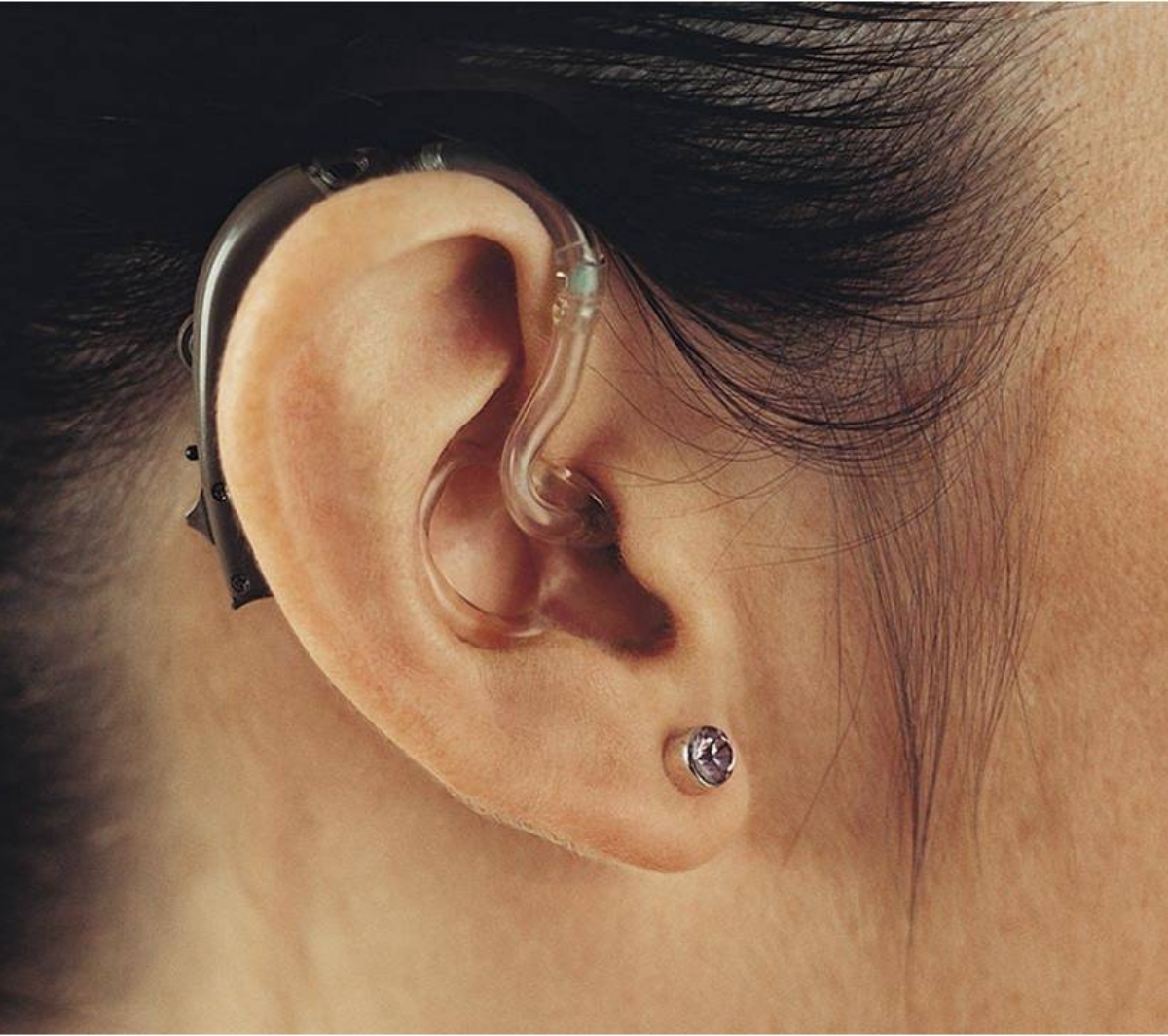What is Bte Hearing Aid?
BTE (Behind-the-Ear) hearing aid is a type of hearing aid device that fits behind the ear and connects to an ear mold in the ear canal. It is one of the most common types of hearing aids and is suitable for individuals with mild to severe hearing loss. The device amplifies sound and transmits it directly into the ear canal through the ear mold, allowing the user to hear sounds more clearly. BTE hearing aids are often preferred by individuals who have difficulty wearing custom-fit devices or those with earwax buildup, as they are less prone to wax buildup and can be easily cleaned and maintained


Benefits of BTE Hearing Aids
Here are some advantages of using BTE ear machines: –
- Improved sound quality: Larger components allow for better amplification and sound clarity.
- Longer battery life: Due to their size, BTEs can accommodate larger batteries.
- Versatile features: More space for additional features like directional microphones, telecoils, Bluetooth, and rechargeable options.
- Easy to handle and clean: Less delicate than smaller hearing aid styles.
- Comfortable fit: Doesn’t sit deep in the ear canal.
- Affordable: Generally, BTEs are more budget-friendly compared to other types.
BTE vs. RIC Hearing Aids
Both BTE (Behind-the-Ear) and RIC (Receiver-in-Canal) hearing aids are popular choices, but they have distinct differences.
BTE (Behind-the-Ear) Hearing Aids
- Larger case behind the ear houses all components.
- Stronger amplification due to larger components.
- Longer battery life.
- More features available, like directional microphones and telecoils.
RIC (Receiver-in-Canal) Hearing Aids
- Smaller case behind the ear, with a thin wire connecting to the receiver in the ear canal.
- More discreet appearance.
- Can accommodate a range of hearing losses.


Which is right for you?
The best choice depends on factors such as:
Degree of hearing loss: BTEs are often better suited for severe hearing loss, while RICs can handle a wider range.
Lifestyle and preferences: If discretion is important, RICs might be preferred. If you prioritize features and battery life, BTEs could be a better fit.
Budget: BTEs are generally more affordable.
It’s essential to consult with an audiologist to determine the best option for your specific needs and hearing profile. They can provide a personalized recommendation and fit your hearing aids correctly.
